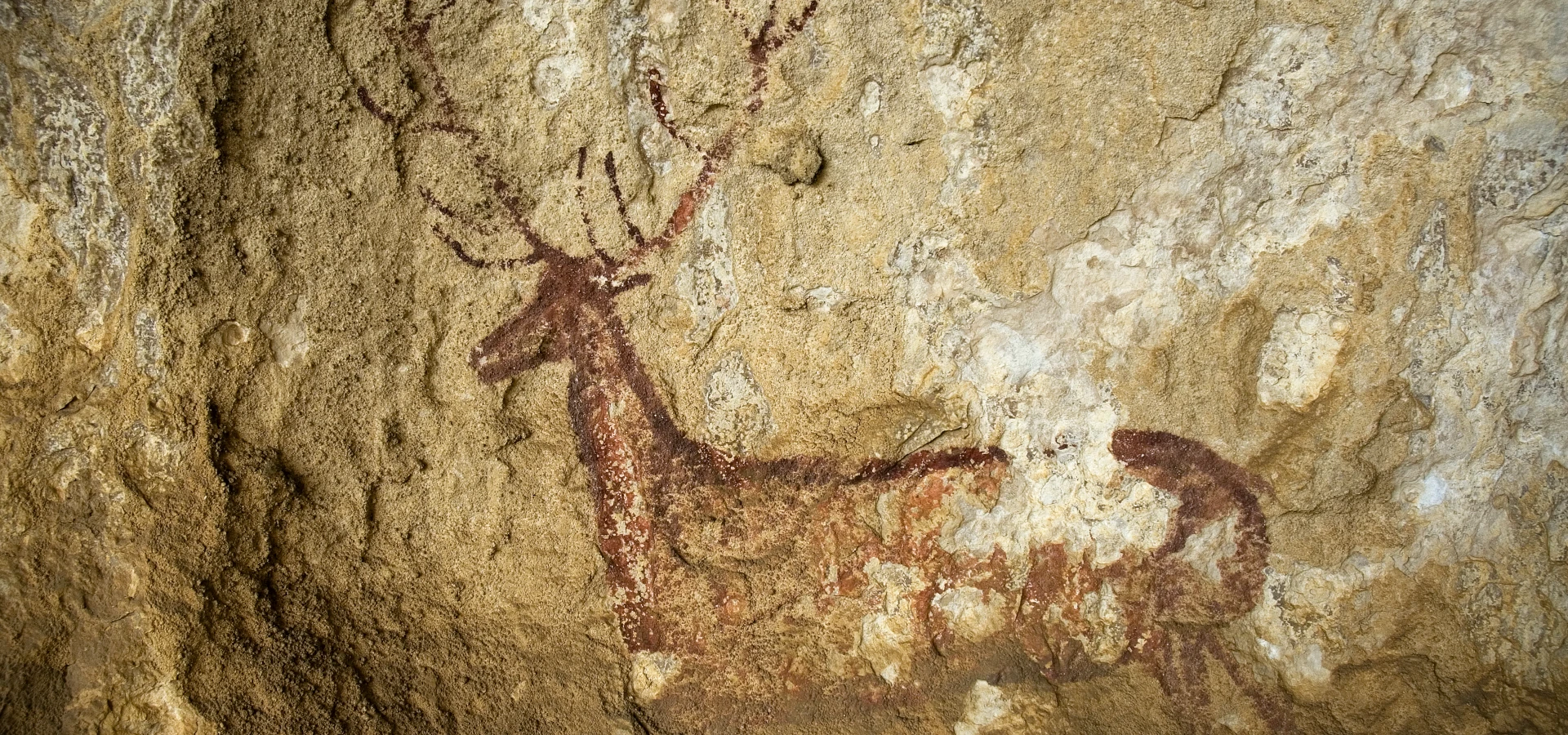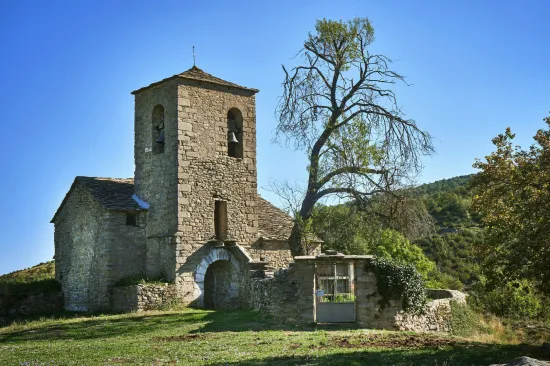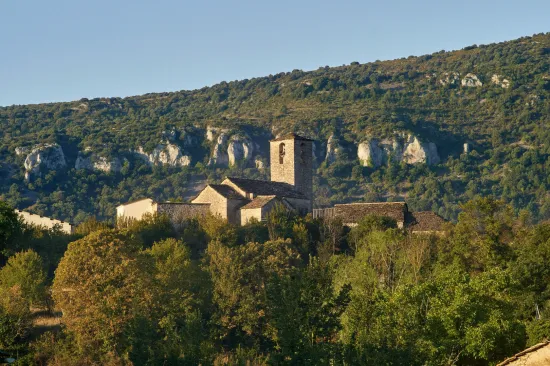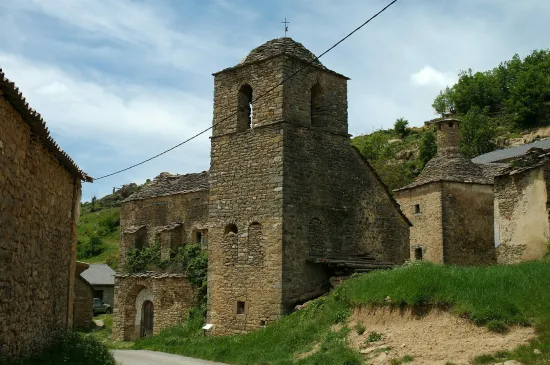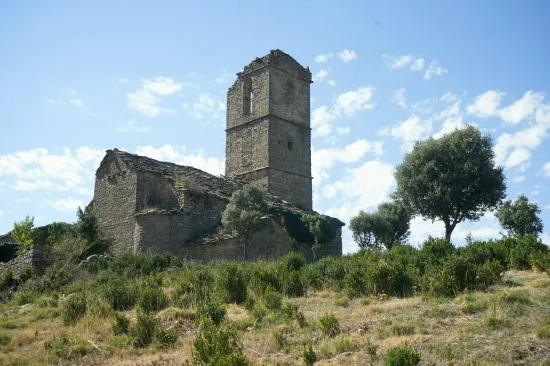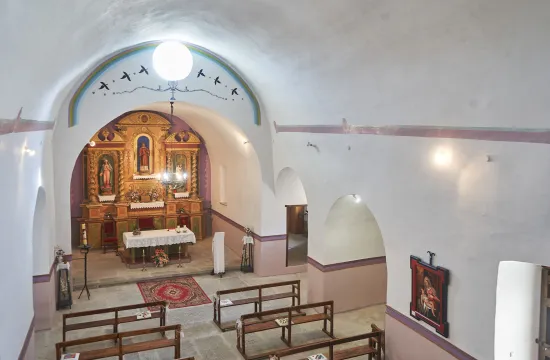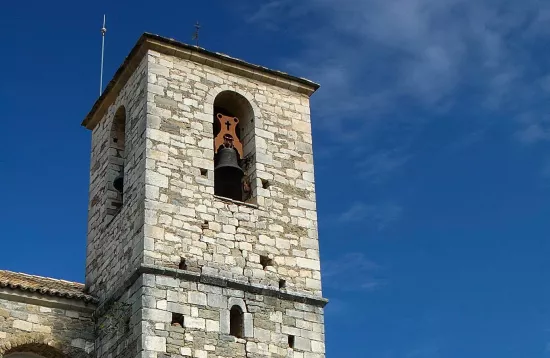The River Vero Cultural Park preserves a small number of Romanesque constructions (11th, 12th and 13th century). In many cases the old buildings have been replaced by larger buildings that are in accordance with new tastes, with as many gothic as baroque.
While several churches and chapels have been constructed on top of the walls of much older Romanesque temples (Bárcabo, Betorz, Lecina and Huerta de Vero), other buildings preserve a good deal of their Medieval architecture: the church of Morcat, Castellazo, iglesia de Santa María de Las Bellostas. San Esteban de Almazorre, the chapel of Treviño in Adahuesca and the atrium of the Collegiate of Santa María in Alquézar.
More information: http://www.sipca.es/
GOTHIC PERIOD
The gothic period lasted until the 16th century, and at the end of the period it was termed Aragonese gothic. Some of the most prominent examples of religious architecture in the Cultural Park belong to this era.
The churches adopted a hall church style with one or several naves, covered by starred vaults and polygonal apses.
The cathedral of Barbastro and the Collegiate of Alquézar are particularly impressive. Also adopting this style are the churches of Arcusa, Pueyo de Morcat, Burceat, Cregenzán, Azara, Radiquero, Colungo and the church of San Francisco in Barbastro.
tHE bAROQUE RENAISSANCE
The 17th century brought war, hunger and the plague, which provoked great fear among a decimated population. This intensified the religious fervor, which is reflected in the churches. Many of the churches were expanded and altarpieces, chapels and churches dedicated to protective saints, against the plague and other illnesses, are in abundance: San Roque, San Sebastián and Santa Quiteria. Among the most noteworthy temples is the Sanctuary de Dulcis in Buera decorated with Mudejar style plasterwork.
In the 18th century, the construction of churches decreased. Only a few, such as in Pozán de Vero, Castillazuelo, Adahuesca and the Piarist churches in Barbastro, were newly constructed during this time. The churches of this period are characterised by their plain exterior, that is in stark contrast to the decoration of the interior.

